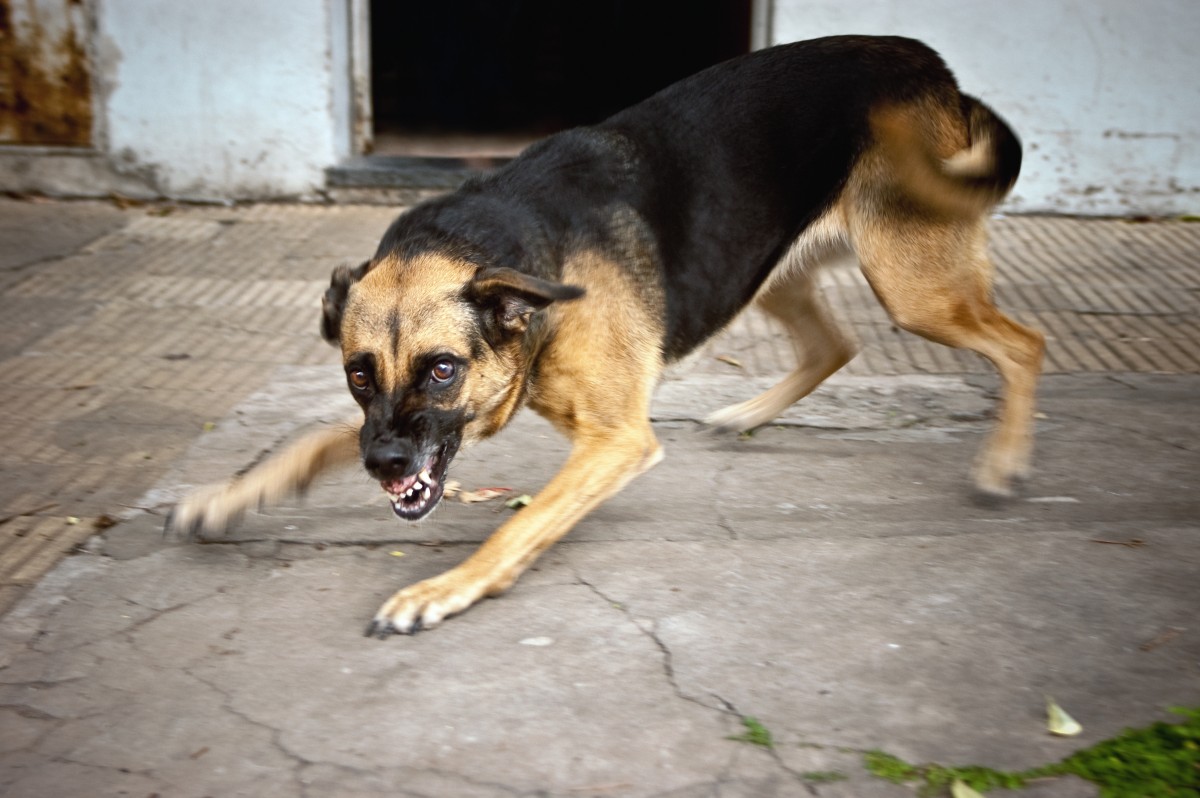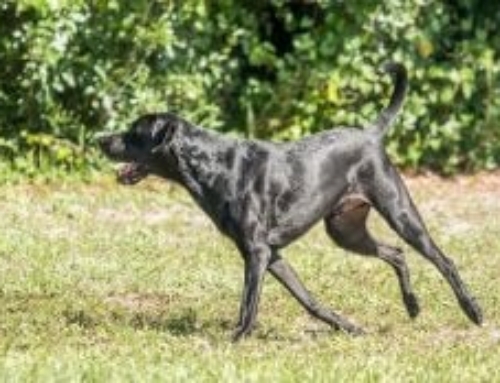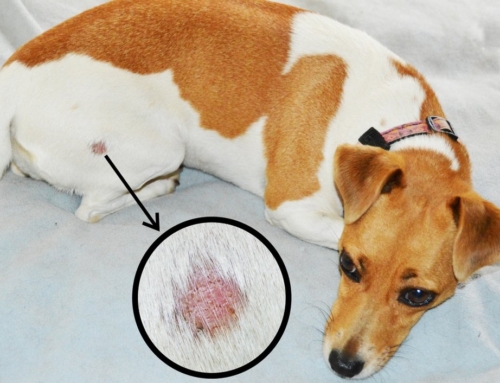In a previous entry, we discussed rabies awareness and safety in North America. We know that rabies still affects Canadian wildlife and is a threat to our pets, but since vaccination protocols have been so successful it seems a less prevalent threat, and owners may become lax about taking preventative measures.
Since it’s the start of October and Halloween-month, in this entry we will explore the truly scary nature of the virus itself and the cunning way in which it attacks a host animal.
To do that let’s first break down the medical definition of the rabies disease: acute viral encephalomyelitis. First, a virus is a very small infectious body that needs a living host to grow and replicate in. The rabies virus, in particular, has an extremely wide range of hosts it can use, which is why we consider it a zoonotic disease that spread from many species of animals to humans.
When a viral infection is acute, it causes disease very quickly with only a brief period of symptoms. The life-threatening condition that the virus causes is encephalomyelitis, which is a widespread attack of inflammation of the spinal cord and brain. In rabies, this inflammation causes progressive paralysis which results in death in 99% of cases.
Setting medical terms aside, the cycle in which the virus is able to infect, replicate and then spread to the next victim is actually quite easy to understand through the visual symptoms of the disease.
 The first contact with rabies happens when the victim is bitten by an infected animal. The saliva from the rabid animal is full of the rabies virus and enters the cells of the new patient through the broken skin of the wound. At this point, rabies can stay in the area of the bite wound for quite a while; this is known as the incubation period and it has been observed to last up to eighty days for some canine patients. Without treatment, the virus will inevitably spread next to the muscle tissue around the bite wound where it begins replication.
The first contact with rabies happens when the victim is bitten by an infected animal. The saliva from the rabid animal is full of the rabies virus and enters the cells of the new patient through the broken skin of the wound. At this point, rabies can stay in the area of the bite wound for quite a while; this is known as the incubation period and it has been observed to last up to eighty days for some canine patients. Without treatment, the virus will inevitably spread next to the muscle tissue around the bite wound where it begins replication.
The rabies virus has a route it takes through the host’s body, and once it is ready to spread, it travels up the peripheral nerves it has contact with until it reaches all the way up to the spinal nerve column. From here the highway is direct to the victim’s brain which has been virus’s the goal all along. Once at the brain, rabies can affect the patient’s behaviour in two key ways which we will explain shortly.
The last stop for the virus is in the salivary glands, where it continues to replicate and can be shed through the mouth of the host. Now all that is needed is a good bite on the closest animal and the virus can start to spread again. However, a vicious attack breaks the skin of the victim is not very common behaviours for most pets. Yet even prey animals and livestock like cows will try to spread rabies through a bite. This is explained by the hold the virus takes over the brain, which results in two key behaviours:
First, since the virus is going to be shed through the saliva, it needs the host to have a frothing good mouthful of viral spit to work with. To this end, the virus causes hydrophobia to occur, so that the patient becomes irrationally afraid of water and unable to drink. The mouth continues to fill with viral saliva, without the host ever attempting to drink or swallow the fluid down into their stomach where the virus would die. Even as the victim succumbs to a burning fever, the fear of water is too strong to allow the relief of a drink.
 Secondly, the virus affects the animal’s disposition to put it in a furious state of agitation. In these cases, the animal will become uncharacteristically vicious and will to lash out with teeth and claws at anyone that approaches it. In this state, wild animals lose their natural fear of predators and humans and will approach them to instigate a fight. Now, even a loving family pet is likely to try to attack anyone around it, which explains how dogs are still the number one source in cases of human infection. It should be noted that not every victim becomes “furious” with rabies and that human patients are not likely to try to bite their caregivers. The other form rabies takes is paralytic, in which the throat muscles of the host become paralysed. According to the Merck Veterinary Manual online, this can cause the animal to walk around with its jaw hanging open and salivating excessively. Human caregivers then often assume that something is stuck in their throat and reach into the animal’s mouth to remove a foreign body, and come into contact with the virus through the contact with saliva.
Secondly, the virus affects the animal’s disposition to put it in a furious state of agitation. In these cases, the animal will become uncharacteristically vicious and will to lash out with teeth and claws at anyone that approaches it. In this state, wild animals lose their natural fear of predators and humans and will approach them to instigate a fight. Now, even a loving family pet is likely to try to attack anyone around it, which explains how dogs are still the number one source in cases of human infection. It should be noted that not every victim becomes “furious” with rabies and that human patients are not likely to try to bite their caregivers. The other form rabies takes is paralytic, in which the throat muscles of the host become paralysed. According to the Merck Veterinary Manual online, this can cause the animal to walk around with its jaw hanging open and salivating excessively. Human caregivers then often assume that something is stuck in their throat and reach into the animal’s mouth to remove a foreign body, and come into contact with the virus through the contact with saliva.
Check out the Franken-dog diagram below for a better visual of how rabies attacks the body.

To conclude, the CFIA has already reported five cases of rabies in Canadian dogs this year, which could likely have been preventable through vaccination. If you have been avoiding the hassle or still have reservations, call your veterinarian to get more info!






